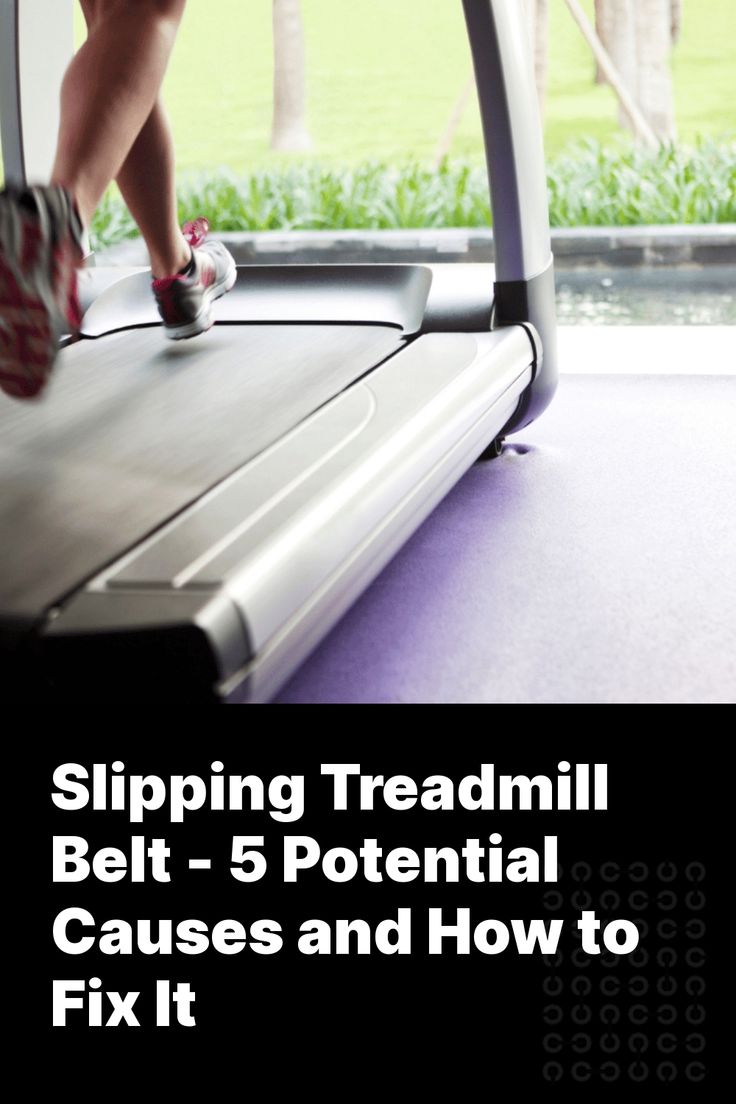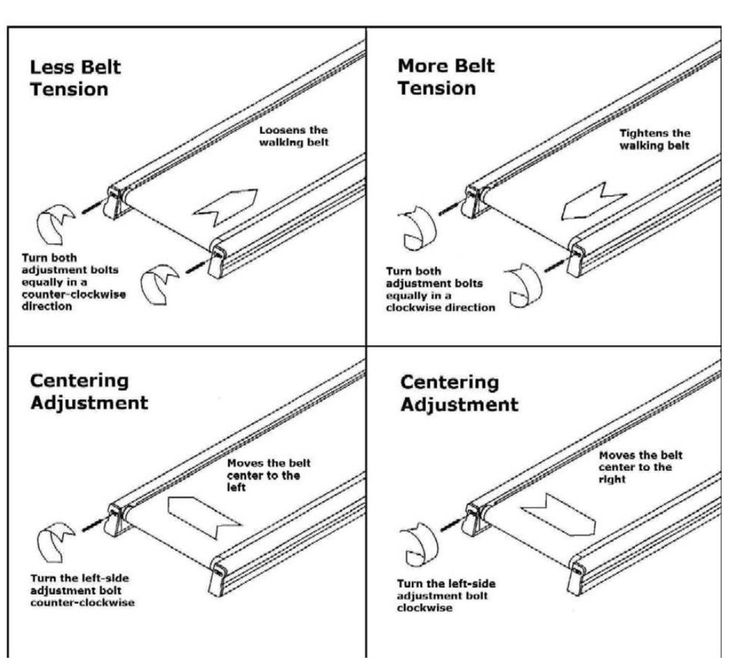How Effectively Treadmill Belt Tighten?
The treadmill is one of the most reliable and effective machines for cardio exercise. A critical component of its function is the treadmill belt, which needs proper tension to work effectively. Understanding how to effectively tighten the treadmill belt is essential for a smooth and safe workout.
What is a Treadmill Belt?
The treadmill belt is the moving surface that users walk or run on. It is driven by an electric motor and rotates at various speeds, depending on user settings. The location of the belt is central, and it must maintain adequate tension and alignment.
Belt Length and Material
Length
- Home treadmill belts are typically around 20 to 22 inches wide.
- Commercial treadmill belts can exceed 24 inches in width.
Materials
- Treadmill belts are commonly made of rubber, nylon, PVC, or proprietary polymers.
- These materials provide shock absorption and traction.
Inner Surface
- The inner surface is textured or grooved to grip the deck securely, preventing slippage.
Moving Surface
- The top surface may be smooth or patterned for traction.
Rollers
- Positioned at the front and rear, rollers support belt movement.
Lubrication
- Periodic lubrication is necessary to reduce friction between the belt and deck in treadmills.

Why Belt Tension Matters
Proper tension ensures the treadmill belt moves smoothly and remains centered. Too loose or too tight tension can result in performance and safety issues.
Common Signs of Incorrect Belt Tension
Slipping
- The belt hesitates or slips when stepping on it.
Uneven Wear
- One side of the belt shows more wear, indicating misalignment.
Burning Smell
- Caused by friction due to improper tension or lack of lubrication.
Abnormal Noise
- Squeaking, grinding, or scraping noises indicate tension issues.
Reduced Speed
- A loose belt can slow down unexpectedly.
Deck or Motor Problems
- An improperly tensioned belt affects motor performance and may damage the deck.
Tips for Checking and Adjusting Belt Tightness
Foot Pressure Test
- Press down on the belt with your foot. There should be 1-3 inches of give.
- If it slips or hesitates, the belt needs tightening.
Manual Spin Check
- Spin the belt slowly by hand to check for side drifting.
Regular Inspection
- Check for wear, cracks, or alignment problems.
How to Tighten the Treadmill Belt Effectively
Step 1: Locate the Tension Bolts
- Usually found at the rear roller ends of the treadmill.
Step 2: Use an Allen Wrench
- Loosen the securing nut on each tension bolt.
- Turn each bolt 1/4 turn clockwise to tighten the belt incrementally.
- Alternate sides to keep the belt aligned.
Step 3: Check Belt Movement
- Turn on the treadmill and let it run at a low speed.
- Observe for smooth, centered movement.
Step 4: Press Down Test
- Ensure 1-3 inches of flex underfoot when walking.
Step 5: Avoid Over-Tightening
- Excessively tight belts cause friction and strain the motor.

Step 6: Final Test Run
- Run the treadmill for a few minutes at different speeds.
- Recheck belt alignment and tension.
Step 7: Consult the Manual
- Each model has specific guidelines for proper belt tension.
Step 8: Hire a Technician (If Needed)
- If unsure, hiring a professional can prevent damage.
Belt Maintenance Tips
- Lubricate as recommended by the manufacturer.
- Inspect the deck for smoothness and signs of damage.
- Keep the treadmill clean to reduce debris buildup.
Conclusion
Effective belt tightening is essential for a safe, smooth treadmill workout. Regular checks and maintenance will prolong your machine’s life and enhance workout performance. Tension the belt so it flexes under pressure but stays centered during use. Always consult the user manual for model-specific adjustments and seek professional help if needed.
READ MORE
- How to Lubricate a Treadmill?
- How to Check the Treadmill Belt Tension?
